Affiliate links on Android Authority may earn us a commission. Learn more.
Happy 14th birthday, Android! Look how far you've come

Fourteen years since its launch, Android has democratized the smartphone world. It would be fair to say that it has lived up to its initial promise of enabling app-based, internet-connected experiences for everyone. Compared to Apple’s walled garden approach, Google designed Android to be a powerful computer in your pocket and to scale the same experience to the best budget phones and flagships alike.
Even in its first iteration, Android was chock-full of essential features for a productivity-focused user experience. Multitasking was a key part of the experience right from day one. Similarly, Android nailed the notification system in its first iteration. The drop-down hub continues to be the primary way to handle all your notifications until this very day, and even Apple had to eventually concede and add it in. Android also had a leg up over the competition with basics like an app drawer, the ability to move desktop icons, and quick access to settings and wallpaper changing, none of which were available on the first iPhones.
But for all its forward-looking features, the first iteration of Android missed out on a range of features that are considered table stakes today. Here are five features you probably didn’t know were missing from Android 1.0.
Multi-touch support
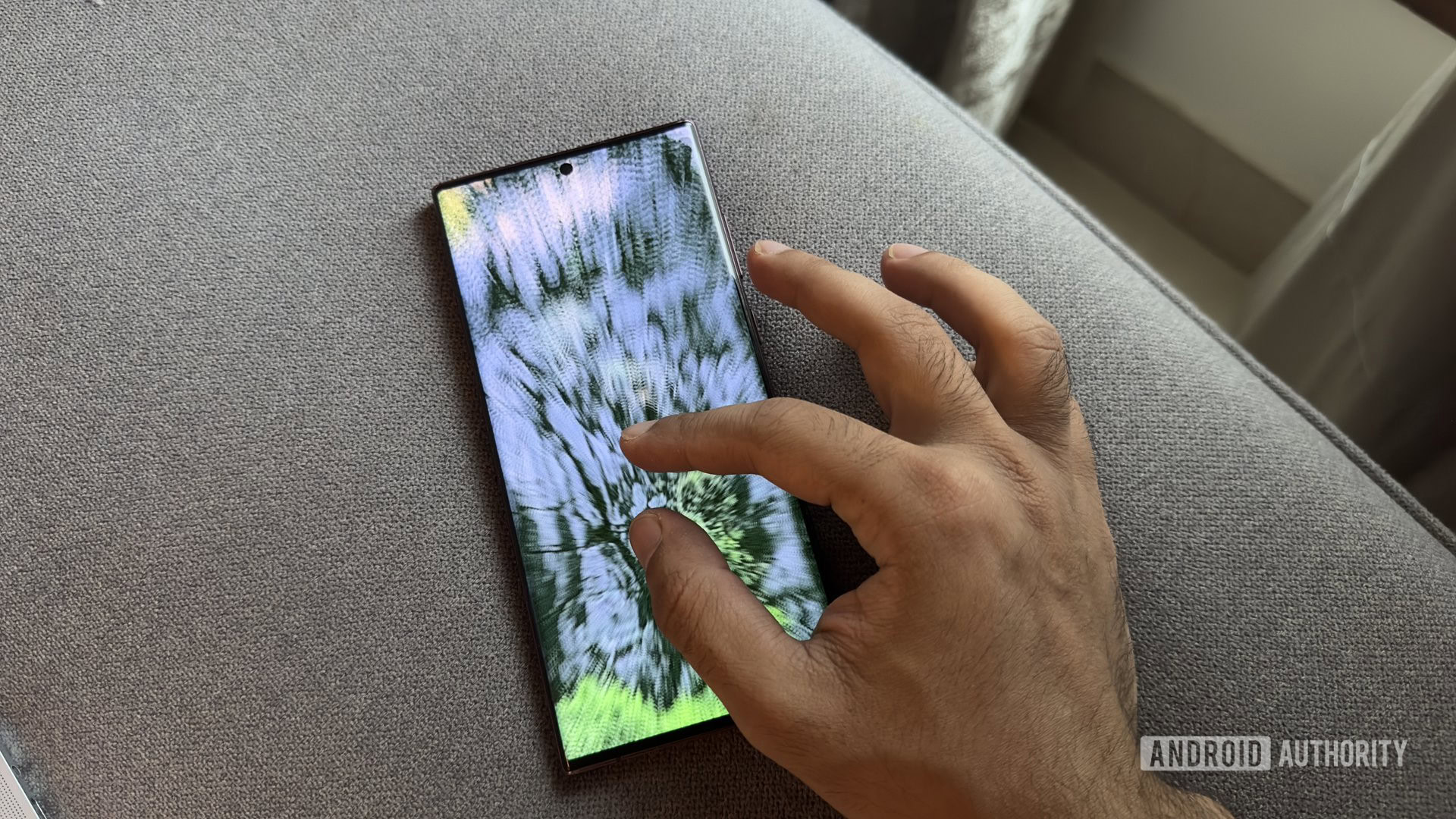
When you think of modern smartphone interfaces, there are few gestures as natural and ubiquitous as pinch to zoom. Browsing through photos, zooming into a viewfinder, surfing the internet, or even reading emails, the gesture is so common and obvious that even first-time smartphone users can figure it out. But did you know that Android didn’t have any support for multitouch at launch?
You couldn't pinch-zoom photos or text on an Android 1.0 device.
The Apple iPhone wasn’t the first device with capacitive touch or multi-touch support, but it popularised the idea of the gesture. Today, the specifics are a bit murky, but it is believed that Apple and Google had an agreement in place to not step on each other’s toes, and this included multitouch support on Android. However, as the popularity of the interaction medium grew, Google added support for the framework in Android 2.0. It took till February 2010 for Google to finally give in to user demands and release multi-touch support for the Nexus One lineup.
On-screen keyboard
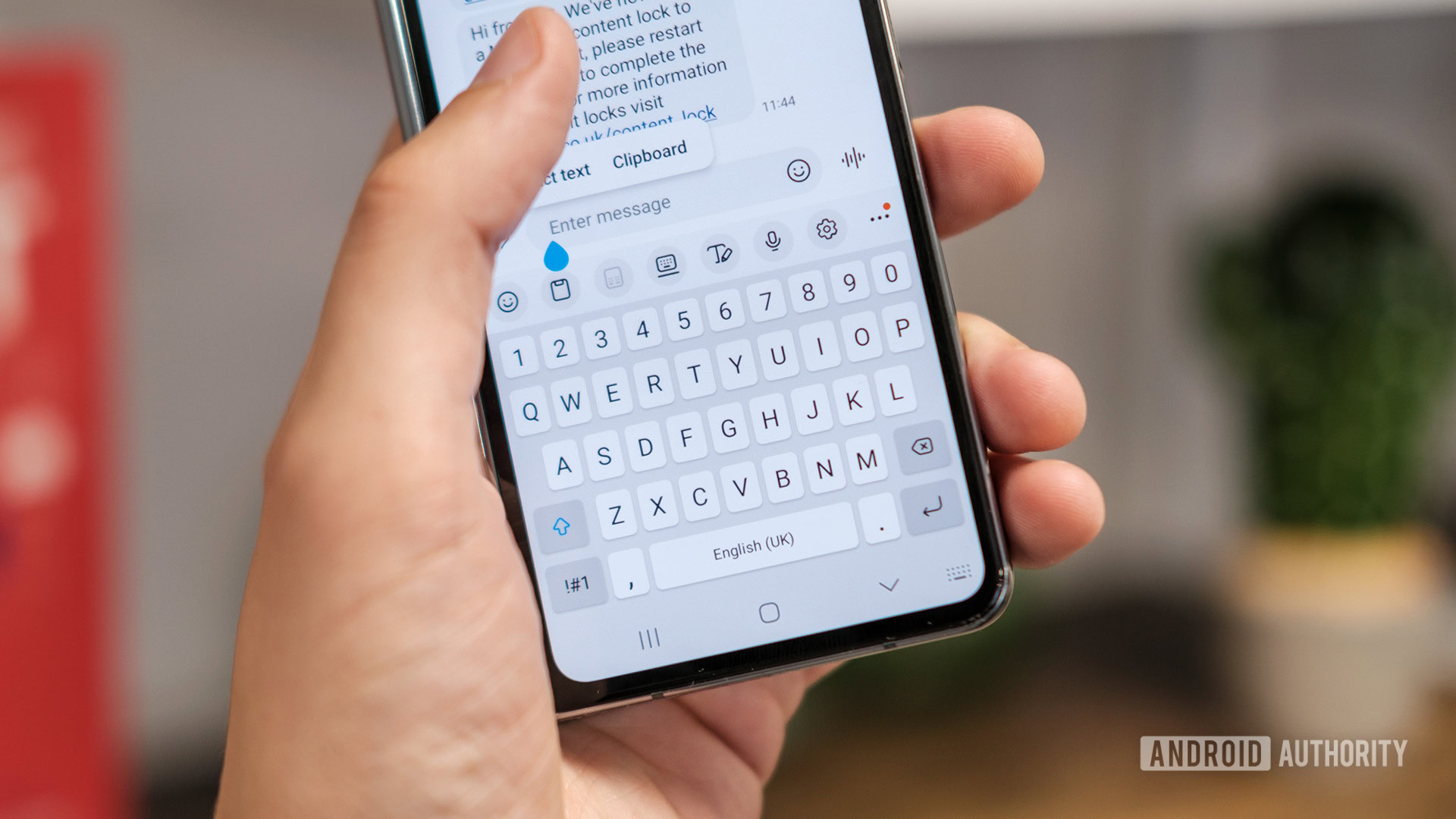
Did you know that Android wasn’t designed with touchscreens in mind? Today, of course, we take some of the best Android keyboards for granted, but physical keyboards and thumbpads were commonplace in the 2000s, and Google had Blackberry squarely in its sights during the early days of Android development.
Android was first aimed as a Blackberry competitor and didn't support on-screen keyboards.
So it was no surprise that the first Android phone, the T-Mobile G1, had no virtual keyboard. It took the release of the iPhone to set in motion the slab-like form factor of the modern-day smartphone with multi-touch enabled on-screen keyboards. Google followed suit, and six months after, the Android 1.5 Cupcake release added a virtual keyboard to the operating system.
Premium apps in the Play Store
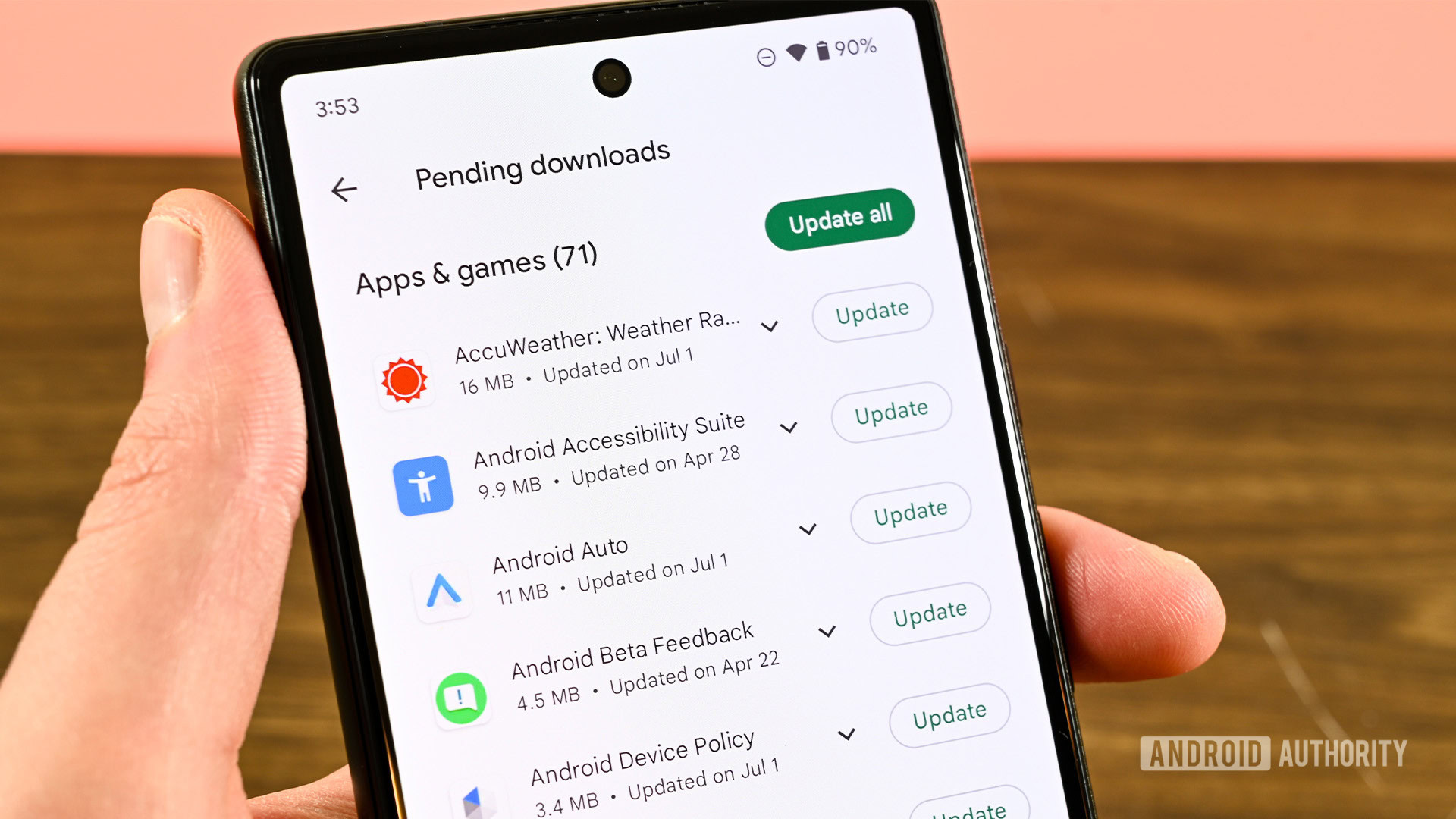
The Google Play Store is home to some of the most vibrant and diverse apps that you can think of. Today, the number of app options numbers in the millions, but it wasn’t always so. At launch, the Google Play Store, then called the Android Market, had a woeful thirteen apps. It was also missing one key feature — paid apps.
The Android Market launched with just 13 apps, and no support for app monetization.
Google came around to fixing that soon enough, and by 2009, paid app support was introduced. Paid apps opened up a market with potentially billions of users, and developers flocked to it. Offering a 70% cut to developers, the app store flourished and has been key to making Android a first-class citizen amongst all operating systems.
Widgets and Quick Settings
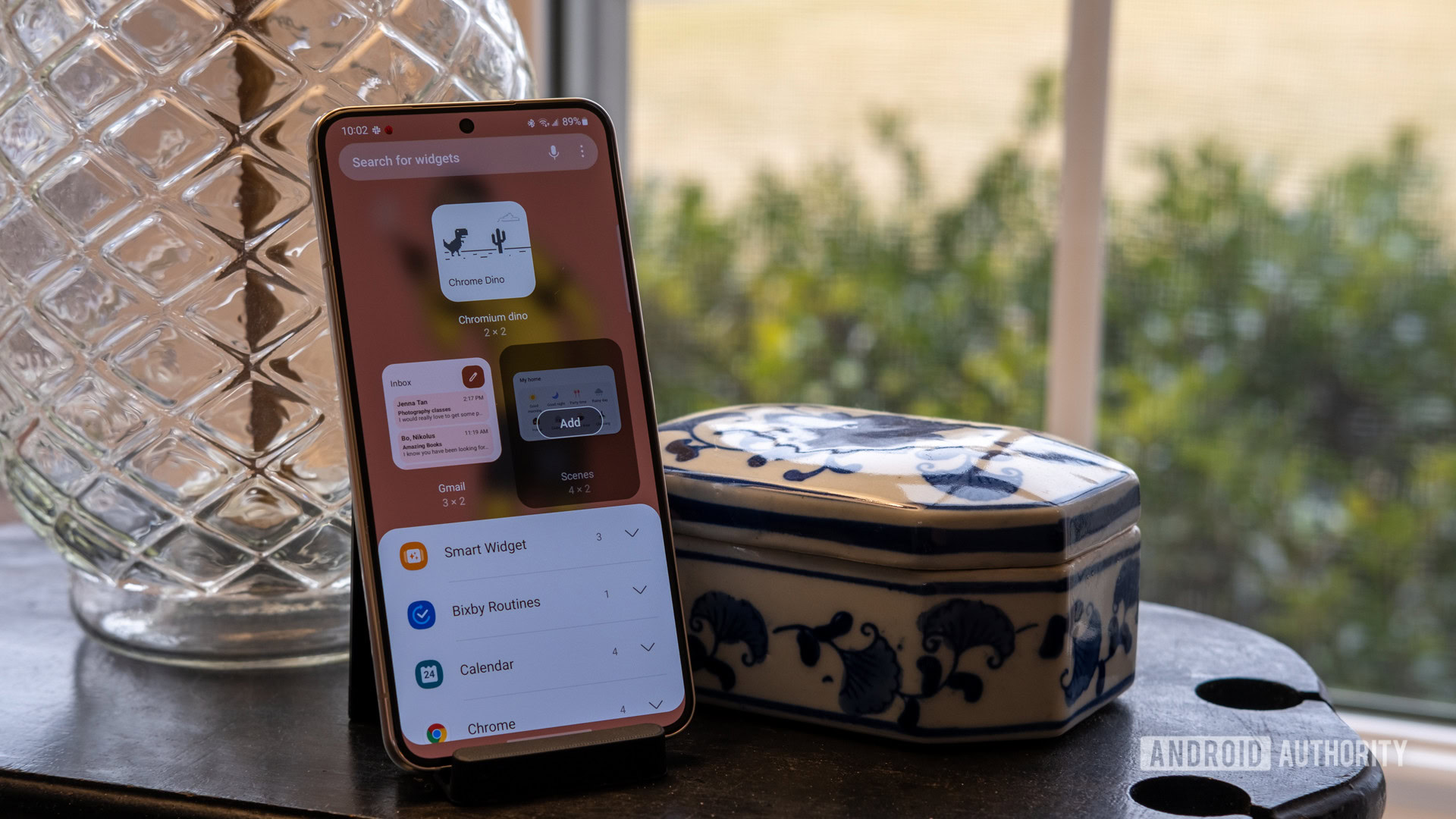
Widgets have been in the spotlight since Apple introduced the feature in iOS 14, but Android users have been enjoying them for almost a decade. However, this prominent example of Android’s customization potential wasn’t a part of the operating system’s initial release.
It didn’t take too long for Google to add it in, and widget support was baked in by the time Android 1.5 was introduced. Interestingly, not many devices shipped with the standard Android 1.0 release, so for most users, their first experience with Android would have included widget support.
Customization is a key part of the Android ecosystem, but the operating system launched without widget support.
Another feature that we take for granted today and has been cribbed across operating systems is quick settings. Quickly swiping down to toggle things like Wi-Fi, mobile data, airplane mode, and more is an intrinsic part of how we use phones today, but Android only added the feature with version 4.2, also known as Jelly Bean.
Video capture
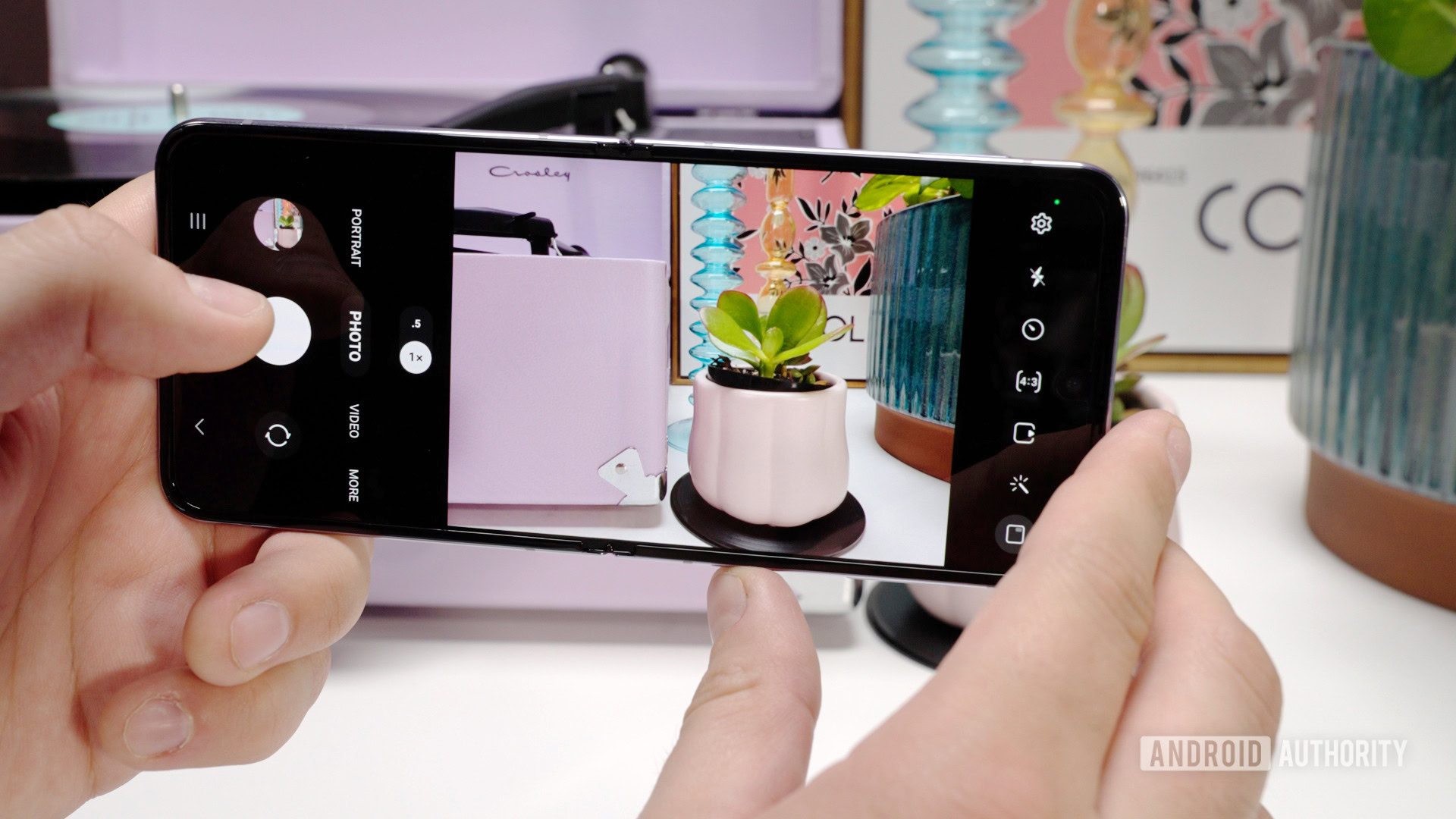
Some of the best camera smartphones today boast high-end capabilities like 8K video capture, Dolby Vision support, and even manual controls, but that wasn’t always the case. Smartphone imaging had very humble beginnings, and the first version of Android lacked video capture support altogether.
The first version of Android could only snap still photos.
If that sounds shocking, several basics like flash support and digital zoom were missing from the camera app and only showed up with the Android 2.0 release.
These five features and a lot more have since made their way to Android over the years and versions that followed, but it is always intriguing to see the bare-bones state of the operating system at launch. Do you remember any specific features you missed out on in the early years of Android? Let us know in the comments section.